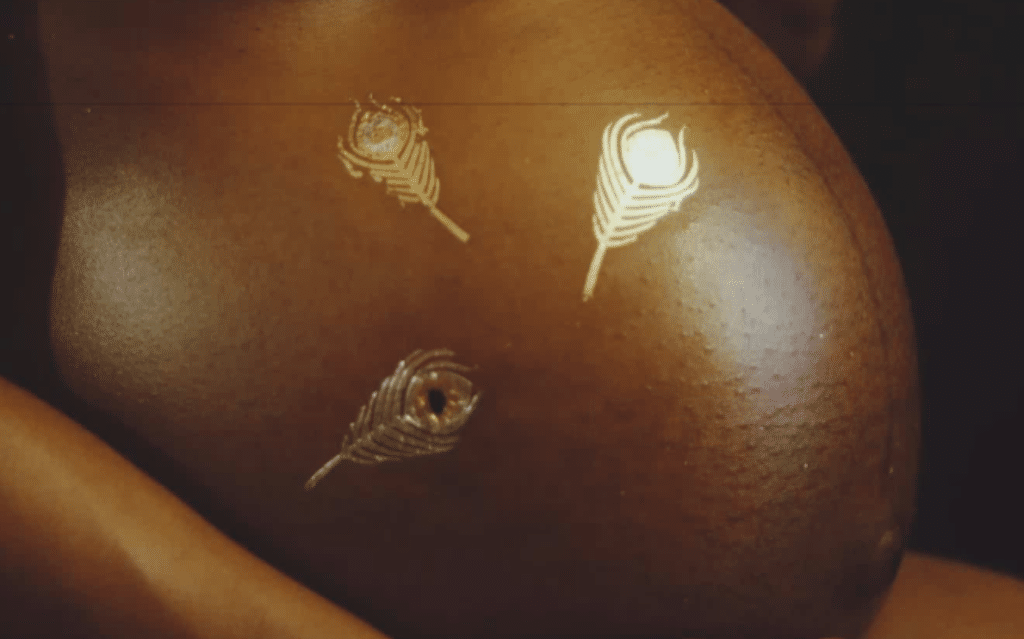Background: 49-year-old is admitted to the hospital for ascites with cirrhosis. Escalation of outpatient diuretics and a low-salt diet have not improved her ascites. The ascites has worsened. She has trace edema. The patient is confused.

Intravenous furosemide (Lasix) is commenced in the hospital without effect. The ascites remains. Spironolactone is on board. The blood pressure is 98/68. The serum creatinine level has increased from 1.1 to 1.4, indicating acute kidney injury (AKI). Nephrology is consulted.
An abdominal ultrasound confirms 4 quadrant ascites. A urinalysis shows a bland urine sediment with low urine sodium excretion.
Please answer the following questions:
What is the best next step to approach the patient’s ascites?
* Start a furosemide (lasix) drip
* Add albumin
* Add the diuretic metolazone
* Stop spironolactone
* Ask interventional radiology to perform paracentesis
Ask interventional radiology to perform paracentesis to relieve the ascites.
Diuretic approach:
Explain why switching from furosemide to bumetanide (one loop diuretic to another loop diuretic) or adding a thiazide diuretic is not recommended to treat the ascites, but coadministration of a mineralocorticoid receptor antagonist such as spironolactone is standard of care in the above case study.
Switching from furosemide to bumetanide or adding a thiazide diuretic may not be effective because of potential diuretic resistance. Instead, co-administering a mineralocorticoid receptor antagonist, such as spironolactone, aligns with current guidelines for managing ascites in these patients.
Please refer to the following reference for more information: Guidelines on the management of ascites in cirrhosis, National Library of Medicine
What risk is associated with more aggressive diuresis in the setting of cirrhosis with ascites with only trace amounts of peripheral edema for this patient?
There is a risk of worsening acute kidney injury (AKI) because of worsening renal perfusion in response to increasing the diuretics.
The patient has trace edema. The blood pressure is 98/68, and the creatinine has increased. More aggressive diuresis will make matters worse here and not address the ascites. Adding more diuretics can lead to electrolyte imbalances and acute kidney injury, AKI.
The fluid that needs to be removed is in a different space, and is not responding to the current diuretic management. That is why a large volume paracentesis is preferred for her ascites at this time. This approach will remove ascitic fluid from the abdominal cavity, addressing the problematic area directly without having to increase the diuretics further, avoiding worsening acute kidney injury.
Define the potential role of albumin-assisted diuresis in managing the patient’s ascites. Is this approach going to help the patient’s symptoms?
Although it may increase urine sodium excretion slightly, it does not provide quick symptom relief and is not the preferred management step compared to large volume paracentesis.
Discussion:
Related:
Hypertensive Emergency, Management, Provider Quiz, Medicine by Michael Aaronson
Tumor Lysis Syndrome Prevention, Test With Solution by Michael Aaronson MD, Lincoln Nephrology and Hypertension


